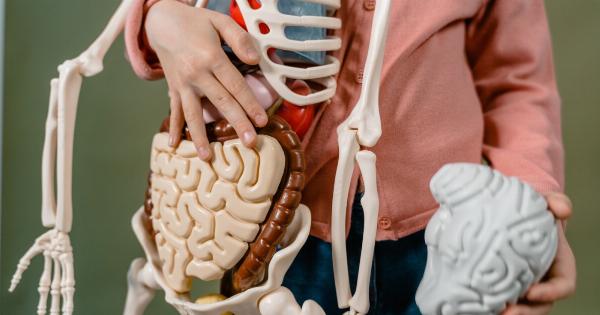A team of scientists from the prestigious Yale University restored cellular functions in vital organs of deceased pigs, marking a significant breakthrough in organ transplants.
The study, published in Nature journal, suggests that even after death, the organs can be revived and maintained outside the body for future transplant procedures. This ground-breaking research has the potential to save countless lives by bringing back vital organs back to life.
Reviving Critical Organs
The researches administered a series of chemicals into the brains and circulatory systems of the deceased pigs, kept either four or seven hours post-mortem.
This was done to stimulate the cellular processes and restore functions of the vital organs such as lungs, hearts, and livers. A device called a “perfusion system” – a system that pumps, oxygenates, and heats the organs – was used to pump lifesaving compounds like drugs and blood into the organs.
They were then hooked up to circuits mimicking the blood vessels to revive cell function. According to the researchers, the cellular and structural integrity of the organs which were revived after the procedure were intact and similar to living tissues.
Implications of the Study
The methods used in this study serve as a significant breakthrough in organ transplant procedures, especially since organ transplant procedures are often hindered by the paucity of organs available for the transplant.
This innovation shows how deceased donor organs can be reanimated and restored, allowing them to provide a source of organs unavailable previously.
Previous studies in organ transplantation revealed the effects that the hypothermic state of the organs had on their viability. This discovery outlines that organs even outside of the body are capable of being repaired and made alive.
The researchers hold that the significance of their study is that their experiment can pave the way for a more efficient transplant procedure, which can ultimately turn the “scarcity” of organs into “abundance.”.
The Future of Organ Transplantation
The scientific community has lauded the breakthrough.
The groundbreaking study opens up countless opportunities in the field of organ transplant, for less dependence on living donors, reversing organ damage, and increasing the availability of viable organs for transplants. However, several challenges remain in realizing the full potential of this innovation. The current experiment was performed on a pig, which is quite different from a human.
The long-term effects of the pig organs that have received these treatments is not yet clear. The extent to which this technology will shape the landscape of organ transplant remains uncertain.
The Ethical Side of Reviving Dead Organs
The breakthrough raises ethical concerns over whether it is ethical to revive dead organs. The line between life and death is a blurred one.
In this procedure, organs were restored after four-seven hours of death, which raises the question of whether life support should be continued by any means even after death. Should we consider death as an irreversible state of cessation of brain activity, or should we reassess that definition in light of the advancements now available?.
Conclusion
The breakthrough made by Yale University is a remarkable milestone in the field of organ transplantation.
The research team’s methods of restoring cellular functions in vital organs of deceased pigs has opened up new opportunities in the field of organ transplant procedures, lessening dependence on living donors, and increasing the availability of transplantable organs. The ability to revive dead organs is significant not only in the medical field but also in society as a whole. This innovation provides hope for terminally ill patients waiting for an organ donor and increases the chances of organ transplant success.
The future of organ transplant procedures is becoming brighter with each new breakthrough, and the outlook for saving more lives is optimistic.






























